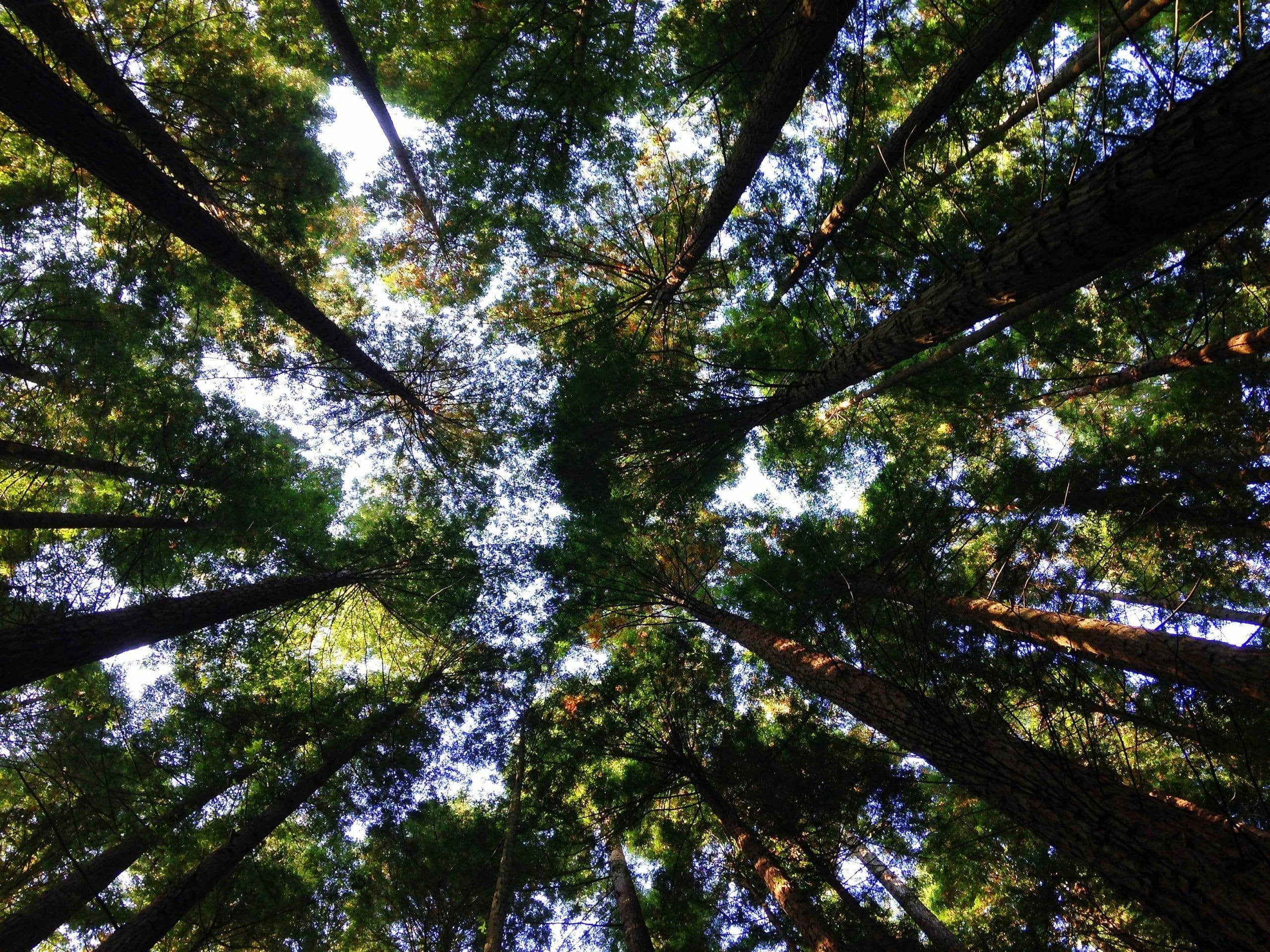Have you ever thought about what our world would be like without trees? With deforestation on the rise, you won’t have to wonder for much longer. Fortunately, there are a number of national holidays dedicated to the well-being of our environment—and more specifically, trees! Arbor Day in particular directly combats deforestation. Believe it or not, planting trees on Arbor Day improves air quality. Let’s dive into the relationship between trees and air pollution.
What Is Arbor Day and Why Is It Important?
Arbor Day began when a man named Julius Sterling Morton enthusiastically advocated for individuals and groups to plant trees in Nebraska. At the time, Morton was a newspaper editor. Eventually, he became secretary of the Nebraska Territory and continued to advocate for planting more trees. One day, Morton took advantage of a State Board of Agriculture meeting and proposed a holiday called “Arbor Day” where individuals and groups would plant trees. The first Arbor Day took place on April 10, 1872. More than one million trees were planted. Today, all 50 states celebrate Arbor Day on the last Friday in April.
Planting trees is a fun activity that encourages people to come together and support a good cause. However, Arbor Day is much more than that. As aforementioned, deforestation, or the removal of trees, has greatly accelerated since Morton’s time. According to Our World in Data, half of total forest loss occurred from 8,000 BC to 1900. That sounds reasonable. However, the other half of total forest loss occurred from 1900 to 2000. That does not sound reasonable. In just over one century we have destroyed half of all the total forest loss on Earth.
Holidays such as Arbor Day directly combat deforestation. Planting hundreds, thousands or millions of trees each year slows the process and provides our environment with the chance to regenerate. It also allows our environment to continue to protect us. One of the most significant ways the environment protects us is by eliminating air pollutants, thanks to … you guessed it, trees!
Fast Tree Facts
- Trees absorb carbon and release oxygen back into the air.
- From 1990 to 2007, forests across the globe removed approximately one-third of fossil fuel emissions annually.
- Trees that line the streets reduce nearby indoor air pollution by more than 50%.
- It takes just one year for an acre of mature trees to absorb the same amount of carbon dioxide produced by a car that’s driven 26,000 miles.
- Trees are responsible for removing thousands of tons of air pollution from cities each year:
- Los Angeles = approximately 2,000 tons
- Chicago = more than 18,000 tons
- Greater Kansas City = 26,000 tons
Do Trees Help Reduce Air Pollution?
Yes! Trees help reduce air pollution. Let’s take a look at data gathered from New York City. In 1994, trees removed approximately 1,821 metric tons of air pollution. For reference, one metric ton is approximately 2,200 pounds. During the daytime throughout the in-leaf season, the following percentages of air pollutants were removed:
- 0.47% of particulate matter
- 0.45% of ozone
- 0.43% of sulfur dioxide
- 0.30% of nitrogen dioxide
- 0.002% of carbon monoxide
And, researchers found that urban areas with 100% tree cover experienced significant air quality improvement over the course of one hour. Air pollution removal percentages were as high as 15% for ozone, 14% for sulfur dioxide, 13% for particulate matter, 8% for nitrogen dioxide and 0.05% for carbon monoxide. This is just one example of the healing properties of trees!
How Do Trees Reduce Air Pollution?
So, we know that trees help reduce air pollution … but how? According to Prashant Kumar, the founding director of the Global Centre for Clean Air Research, “Trees can help reduce PM in two main ways.”
Dispersion is the first way. Dispersion occurs when “concentrated clouds of miniscule particles” collide with trees. Humans are less likely to inhale them once they disperse. Deposition is the second way. Trees have textured leaves that capture air pollutants such as particulate matter. When it rains, most of the air pollutants wash off the leaves and become stormwater drainage.
The amount of air pollutants removed depends on the size and type of tree and its leaves. For example, Barbara Maher and her colleagues at the University of Lancaster examined nine tree species to see which captured particulate matter best. The wind-tunnel experiments found that silver birch, yew and elder trees were the most effective species. The hairs on their leaves reduced particulate matter by 79%, 71% and 70%, respectively. The researchers found nettles to be the least effective species. Although, they still reduced particulate matter by 32%. Trees are truly beneficial to air quality!
Trees in Urban and Rural Areas
Is there a difference between the amount of air pollution trees remove in urban and rural areas? The short answer is yes. In 2010, tress removed 17.4 million metric tons of air pollution in the contiguous United States. In rural areas, trees removed 16.7 million metric tons of air pollution. However, in urban areas trees removed only 651,000 metric tons of air pollution. In other words, rural areas accounted for 96.3% of air pollution removal.
Now, this does not mean that air pollution removal by trees in urban areas is without effect. Due to the fact that humans are concentrated in urban areas, air pollution removal by trees is all the more valuable. With reference to the aforementioned statistics, the human health and societal value of air pollution removal in urban areas was $4.7 billion compared to $2.2 billion in rural areas. Again, this is simply a result of population density.
 Public Health: Looking to better understand the connection between air pollution and public health? Check out this article that relates the two →
Public Health: Looking to better understand the connection between air pollution and public health? Check out this article that relates the two →Arbor Day for Clean Air
A world without trees is a world without clean air. Perhaps the most important revelation to come from all of this data is the need for more trees in urban areas to combat the effects of air pollution on human health. And, as we’ve learned today, certain tree species are more helpful than others. We can put an end to deforestation and its horrible effects on the planet, air quality and all who inhabit the environment.



